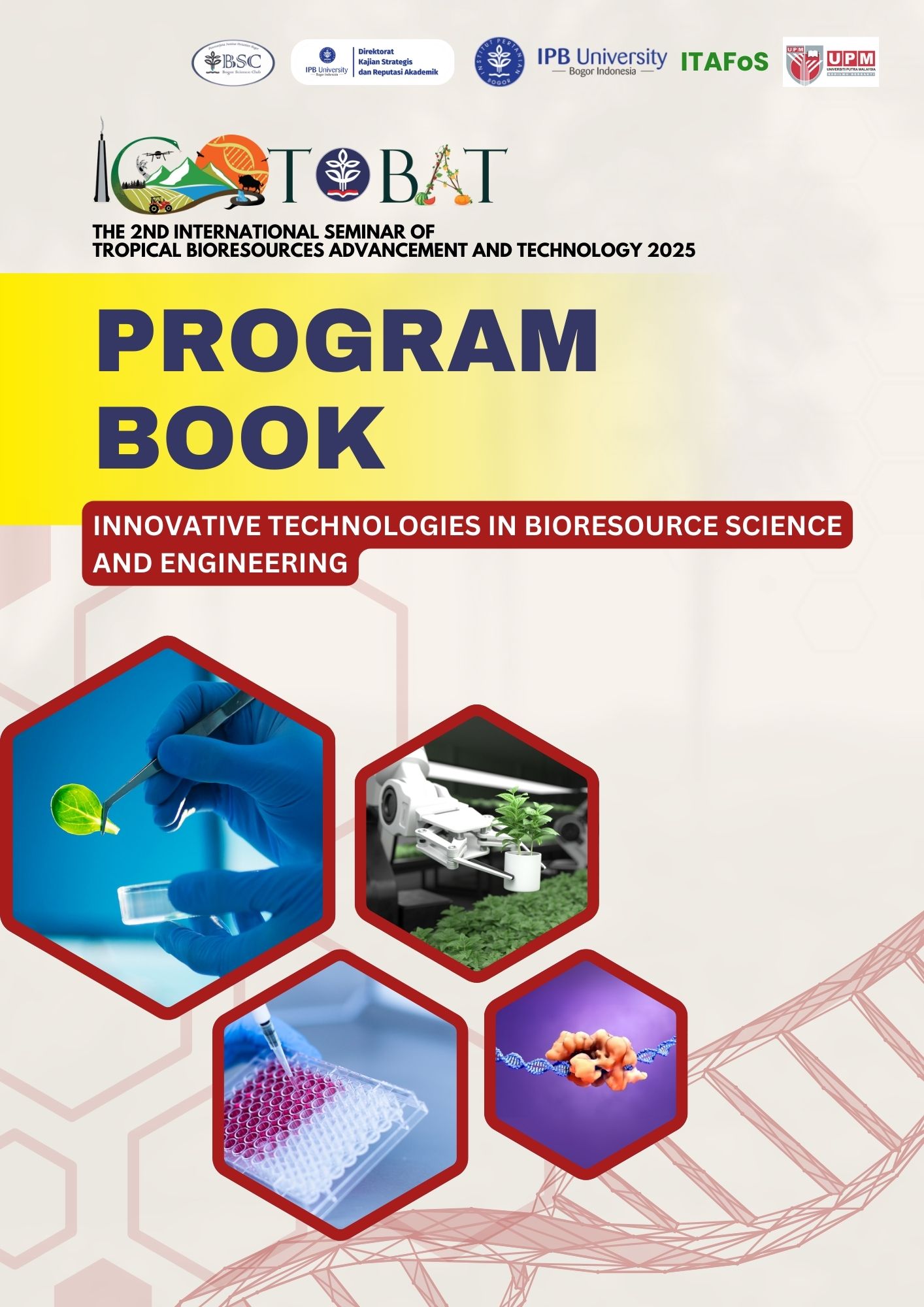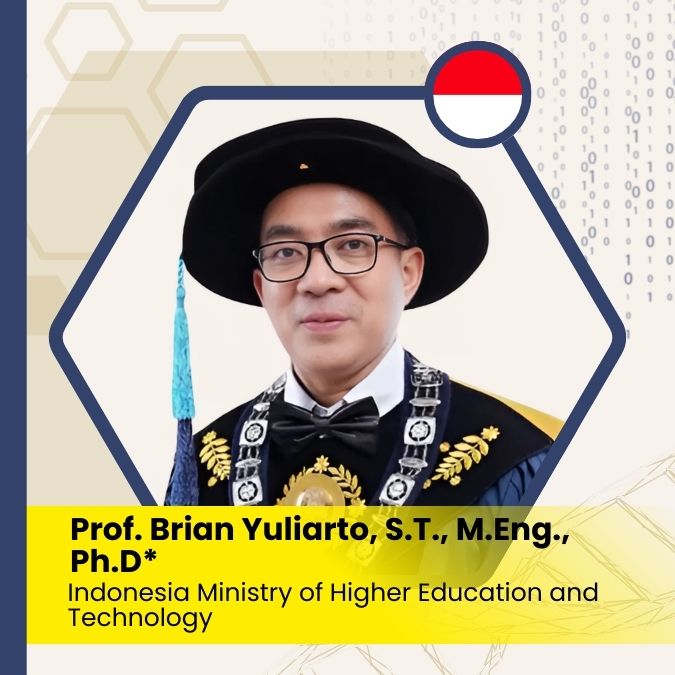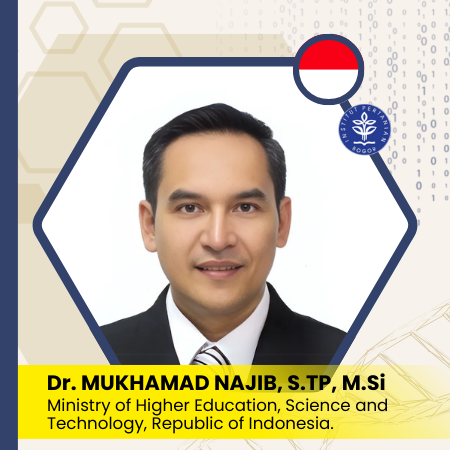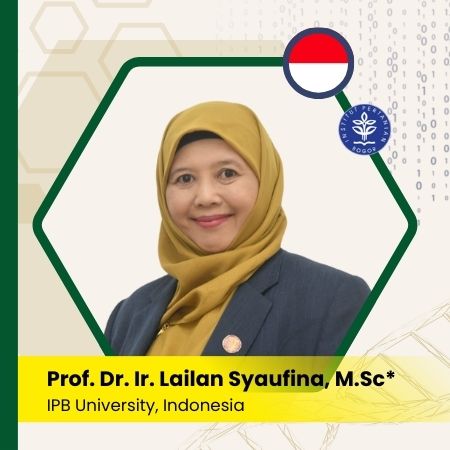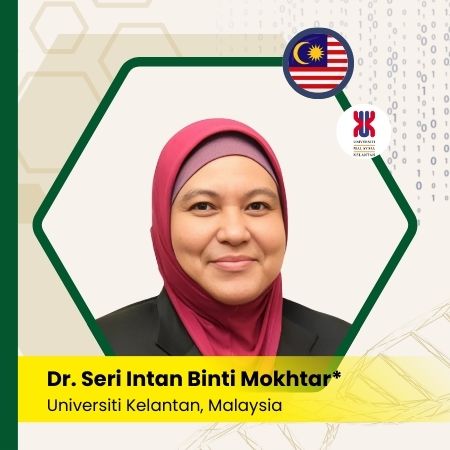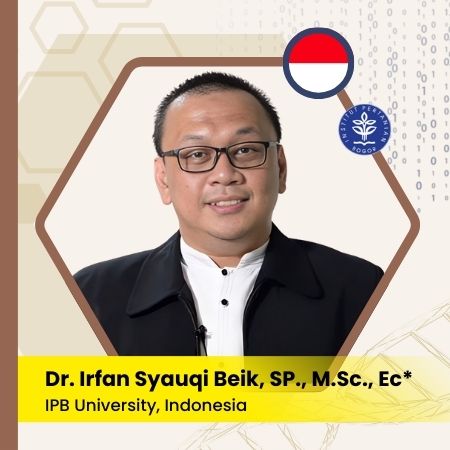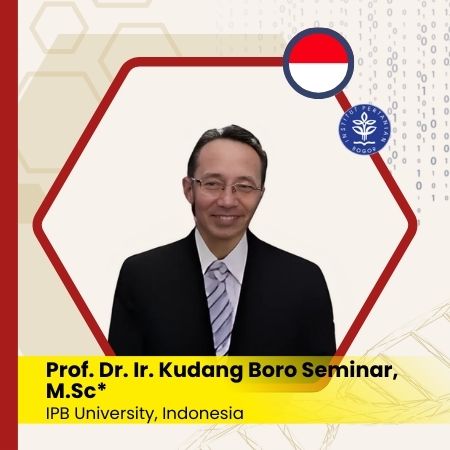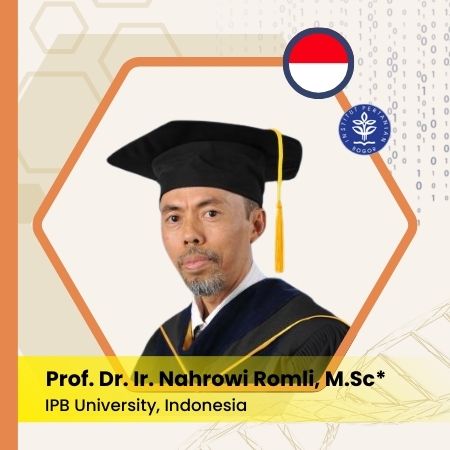Simple sequence repeats (SSRs) discovery, characterization and validation from de novo transcriptome assembly of Typhonium flagelliforme
Keywords:
RNA-seq, De novo assembly, EST-SSR, Roddent tuberAbstract
Typhonium flagelliforme, a unique medicinal plant belonging to the Araceae family, is a native Indonesian medicinal herb with high anticancer activity. Although it holds significant medicinal value, the limited availability of molecular markers has hindered progress in studying its genetic diversity and evolutionary background. In this study, we performed the first transcriptome of T. flagelliforme leaf using paired-end Illumina NovaSeq 6000 PE150 which generated 10.79 GB of raw data. De novo assembly using rnaSpades resulted in a total of 11,521 transcripts with contigs length and longest contigs respectively 123,909,948 bp and 28,917,662 bp. We identified 20,960 genic SSR loci from the transcriptome sequencing data using the Microsatellite (MISA) tool. The perfect motifs showed the following distribution of motif types: mononucleotides (32.1%), dinucleotides (40.8%), trinucleotides (24.9%), tetranucleotides (1.5%), pentanucleotides (0.2%), and hexanucleotides (0.4%). From these, 161 primer pairs were designed and 40 selected primer were validated. To the best of our knowledge, this is the first study to identify and characterize EST-SSR markers in T. flagelliforme. These markers hold potential for applications such as genetic diversity assessment, marker-assisted selection (MAS), cultivar identification, kinship analysis, and genetic mapping.

